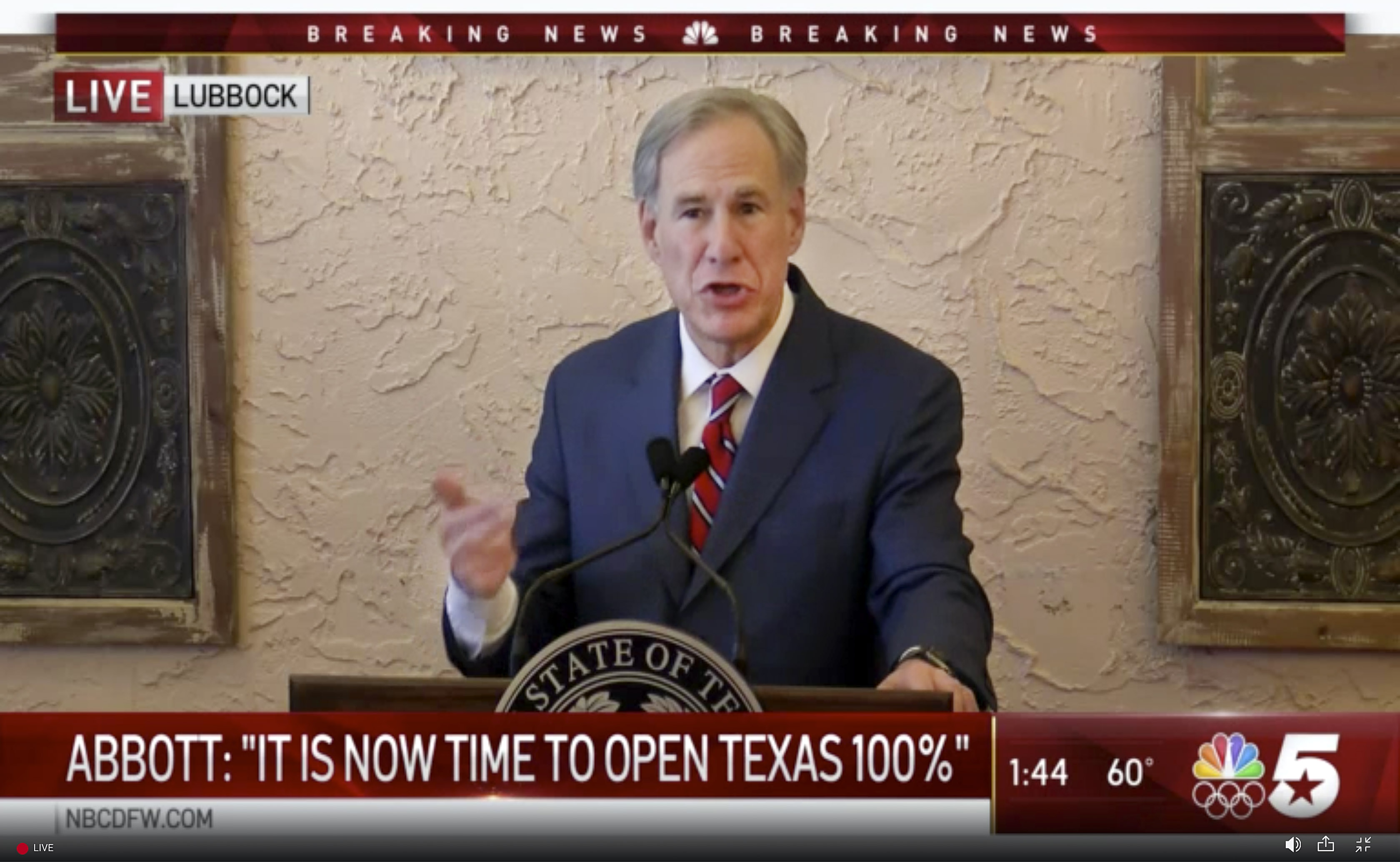

The words THE END (capitalized, underlined, and centered on the page) always follow FADE OUT. (punctuated with a period) is typed at the right margin and is followed by a period. Wedding canopy of flowers and a breathtaking view of the ocean.įADE OUT is used at the end of the last scene to indicate the end of the screenplay. Elegantly dressed guests sit in chairs arranged along a sprawling lawn facing a Words FADE IN: and the first scene heading of the screenplay begins on the next line.Ī perfect spring day. It is typed two spaces below the title of the screenplay at the left margin. However, FADE IN: is used only once, at theīeginning of a screenplay, to indicate that the action is beginning. The new scene heading begins on the next line.įADE IN and FADE OUT are technically transitional instructions. These instructions are typed at the left margin, followed by a two-line space. Other transitional instructions you may have seen in published screenplays include FLASHBACK, BACK TO, BACK Harriet reaches for the telephone on her dressing table. They laugh gaily as they hurry up the gangplank. Standing next to Charles is a beautiful blonde WOMAN who smiles at Charles and looks at himĬharles takes the WOMAN'S hand. That's why a well-structured screenplay moves from place to place. Place in one setting, it would be visually dull. In a dynamic screenplay, the action moves inside (INT.) and outside (EXT.). Require instructions such as "CUT TO" because the changing scene headings explain the scene change. Several scenes linked together that move from interior to exterior do not We see CHARLES, the handsome young man from the photograph, among a crowd of people boarding a cruiseĭouble spacing is used before and after "CUT TO:" or other transitional instructions. CUT TO: (punctuated with a colon) is inserted after an abrupt change from one setting to another.ĬLOSE ON the framed photograph of Harriet sitting on a sailboat next to a tall, handsome young man who "CUT TO:" is the simplest form of transition. Transitional instructions should always be used to indicate these changes. Scene transitions in a screenplay indicate changes from one setting to a new setting, or from one time How to Format a Screenplay: Part III (Scene Transitions) Start a Free Blog! Tips Archive > Format > Scene Transitions Screenwriting Store Literary Agents Production Companies Film Festivals


 0 kommentar(er)
0 kommentar(er)
